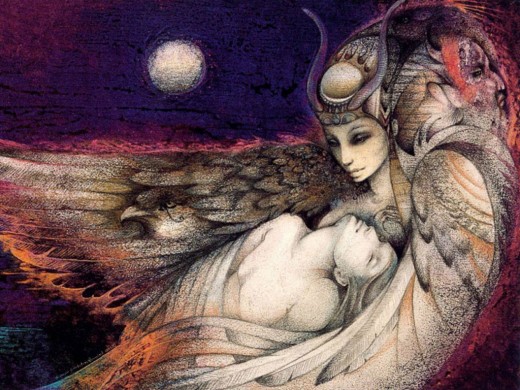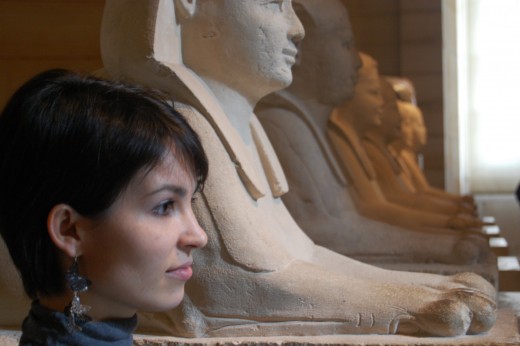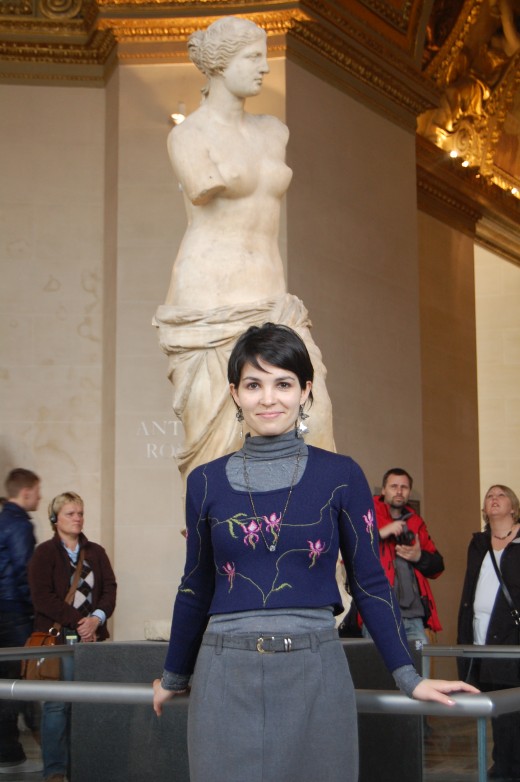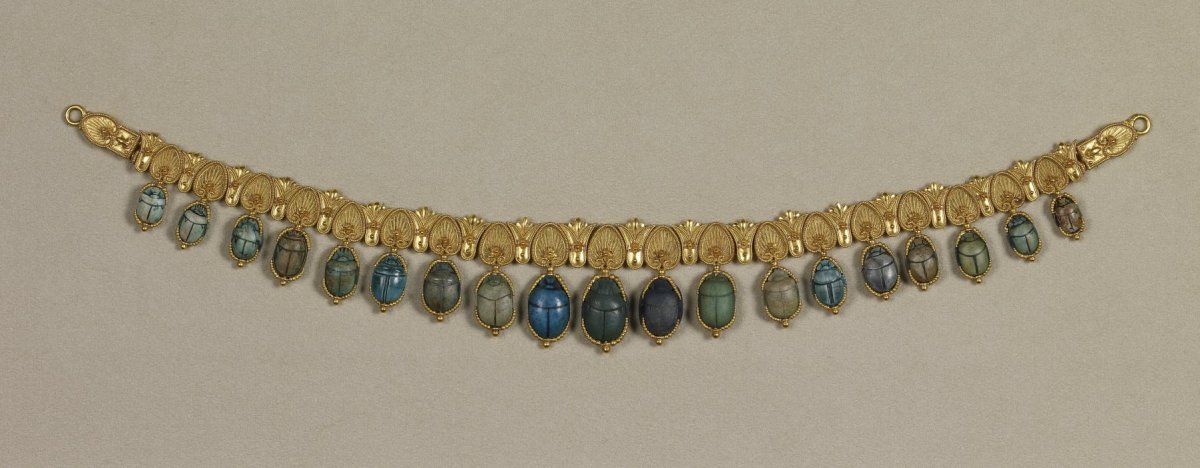Best Places to See in The Louvre Museum, Paris


My favorite parts of the Louvre
Louvre, the legendary glorious royal palace, is more than just a museum. It hosts a metro station, restaurants, shops, an arts school, a cinema and a conference hall. Just walking through its court can be an experience.
On Fridays, before I was 25, when I was a student and had a free access to the museum, I used to spend evenings in the Louvre, walking in its corridors and halls, taking the lift up and down the floors, staring at pictures, statues, tools, maps, rooms, furniture, dishes, spending time with works of art, that each has its own story. It was a huge relationship, and very superficial.
But I formed my preferences - the halls consecrated to Ancient Egypt and Greece.
Ancient Egypt... What a huge memory hiding inside these statues, behind these stony walls of the pyramids! So many unbelievable, grotesque stories of goddesses and gods, of which that of Osiris and Isis seems to be the most intriguing, fantastically interesting and deep. What a supernatural personality Isis was! And what a faithful wife... Fighting against her husband's brother, Seth, who killed Osiris, and cut him into pieces that he threw in the valley of the Nile river, she collected the body of Osiris, made a mummy out of it and blew life in his nostrils thus resurrecting him. As if this was not enough, she turned herself into a female falcon, spread her wings out on the immobile body, pronounced a magic spell and got pregnant... Isis is often depicted with wings behind her back, to protect her husband. Her son Horus became king of Egypt, her resurrected husband - king of the underworld. Together, they possessed the whole world. And all this thanks to magic. Impressive, isn't it? The story makes one's hair stand on end, the one to be told on Halloween. And what a lesson to all of us! Do not trust (especially your own brother), do not be afraid (for you will be resurrected), do not beg for mercy, but the most important is - cherchez la femme - search for a woman, as the French would say. For it is the woman who is the bearer of life in this world. And the one true magician. How many women nowadays could boast of such a courage? Yet, to understand and truly appreciate this story, you have to know what love is, and the one true female merit in Ancient Egypt was to love passionately.
Which was not the same thing in Ancient Greece, where women were appreciated for their cool beauty that seemed to make a contrast with the warly spirit of men of those days. Take modern fashion models that march on the podiums, showing off creations of fashion designers. With their cold, emotionless, dispassionate faces and floating silhouettes, they can be compared to the women of Ancient Greece who seemed to know their destiny in advance, and did not worry about their future. Or, maybe, they lived in the present moment, without too much concern about the coming day and knew how to appreciate today? They definitely did. And with a success that was able to overcome any expectations of their present, preserved for the future, in sculpture, of course. For Ancient Greece is anything but ugly. It is truly the blossom time of Aesthetics, ever known till nowadays. It is the discovery of the golden section, the proportion, the harmony, in the most aesthetic sens. It is the theatre, the experience of the collective catharsis, the total unity of time, place and action. It is the shameless admiration of the beauty of the human body. The statue of Venus De Milo, representing Aphrodite, Greek goddess of Beauty and Love, that made Louvre even more famous, is the witness of that period.
Looking into the history of modern civilization is like contemplating the bottom of the bottomless well, that has only one mystery hidden inside another one. It is walking through the halls of the Louvre, contemplating its talkative collections.

Would you like to visit the Louvre?
- Musée du Louvre - Wikipedia, the free encyclopedia
The museum is housed in the Louvre Palace (Palais du Louvre) which began as a fortress built in the late 12th century under Philip II. Remnants of the fortress are visible in the basement of the museum.








